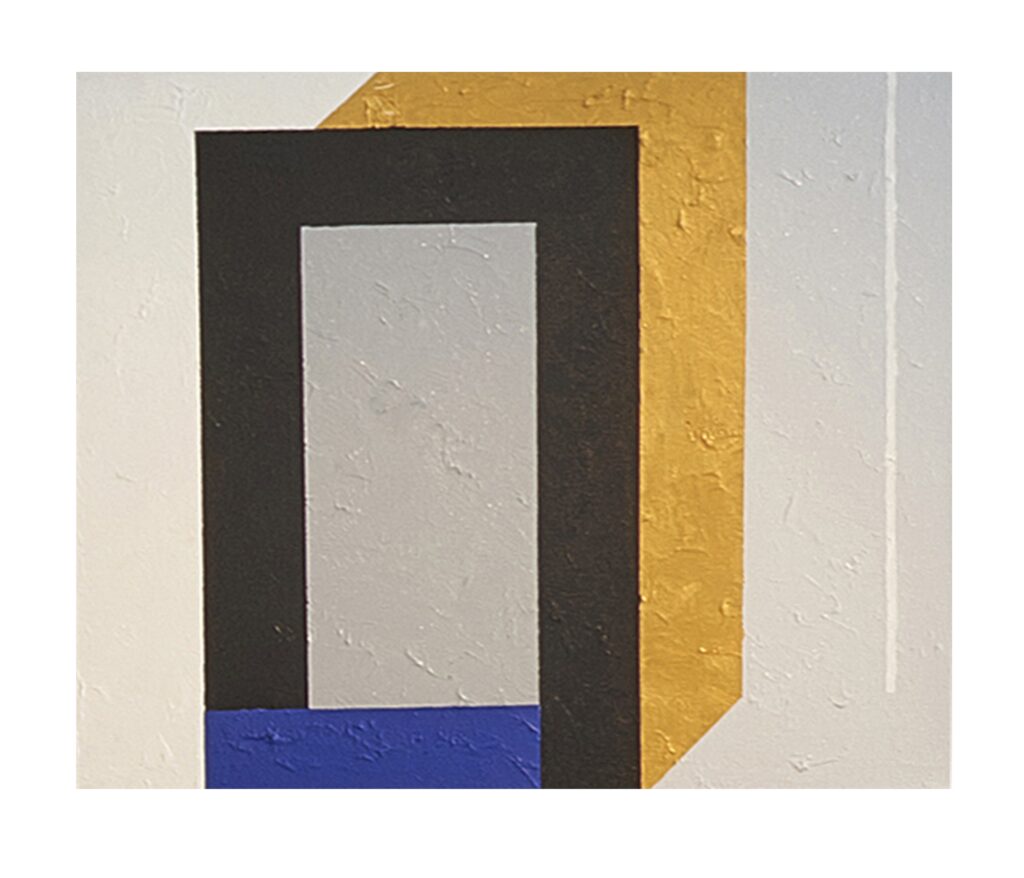
Eduardo Sued
He graduated from the National School of Engineering in Rio de Janeiro in 1948. The following year he studied drawing and painting with Henrique Boese (1897 – 1982). Between 1950 and 1951, he worked as a draftsman in the office of architect Oscar Niemeyer (1907). In 1951, he traveled to Paris, where he attended the La Grande Chaumière and Julian academies.
During his stay in the French capital, he came into contact with the works of Pablo Picasso (1881 – 1973), Joán Miró (1893 – 1983), Henri Matisse (1869 – 1954) and Georges Braque (1882 – 1963). He returned to Rio de Janeiro in 1953 and attended the studio of Iberê Camargo (1914 – 1994) to study metal engraving, later becoming his assistant. He taught drawing and painting at the Escolinha de Arte do Brasil, in 1956 and, the following year, moved to São Paulo, where he taught drawing, painting and engraving classes, at the Fundação Armando Álvares Penteado – Faap, from 1958 to 1963. In 1964, he returned to live in Rio de Janeiro and published the etching album 25 Gravuras. The artist is not linked to any movement, remaining aloof from the debates of the time. In the 1970s, he approached constructive aspects, developing his work based on reflections on Piet Mondrian (1872 – 1944) and the Bauhaus. Between 1974 and 1980, he taught metal engraving classes at the Museum of Modern Art in Rio de Janeiro – MAM/RJ.